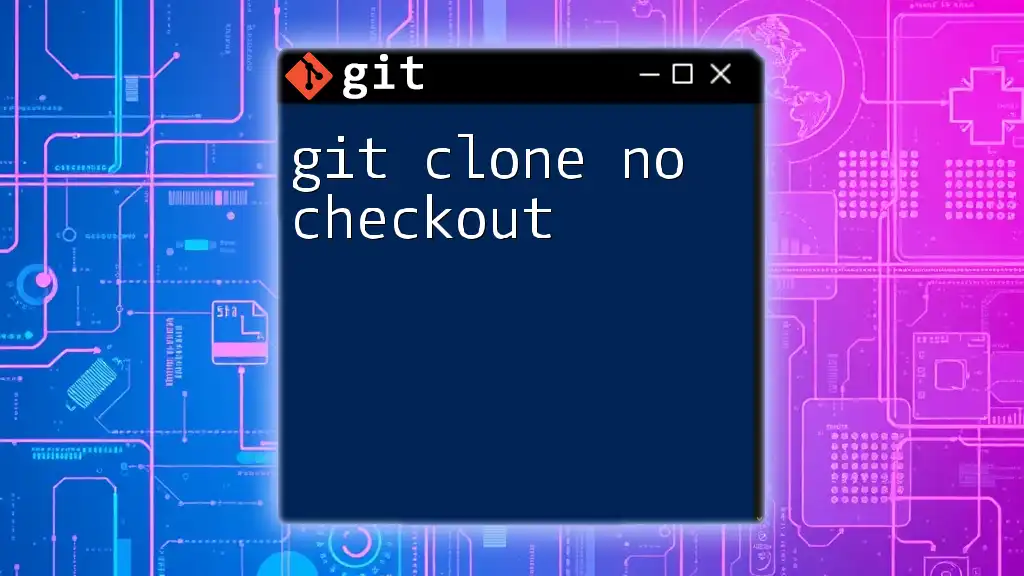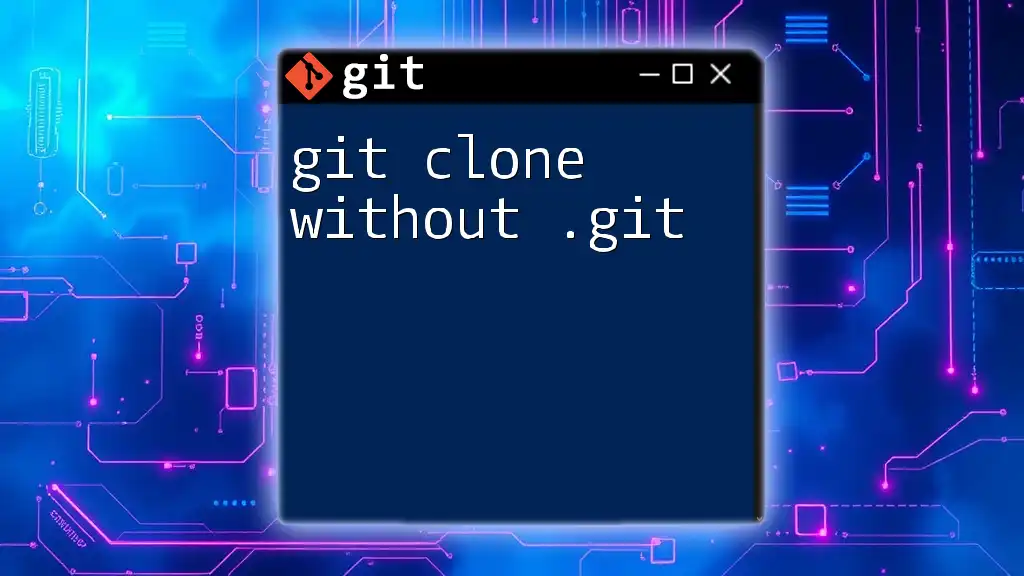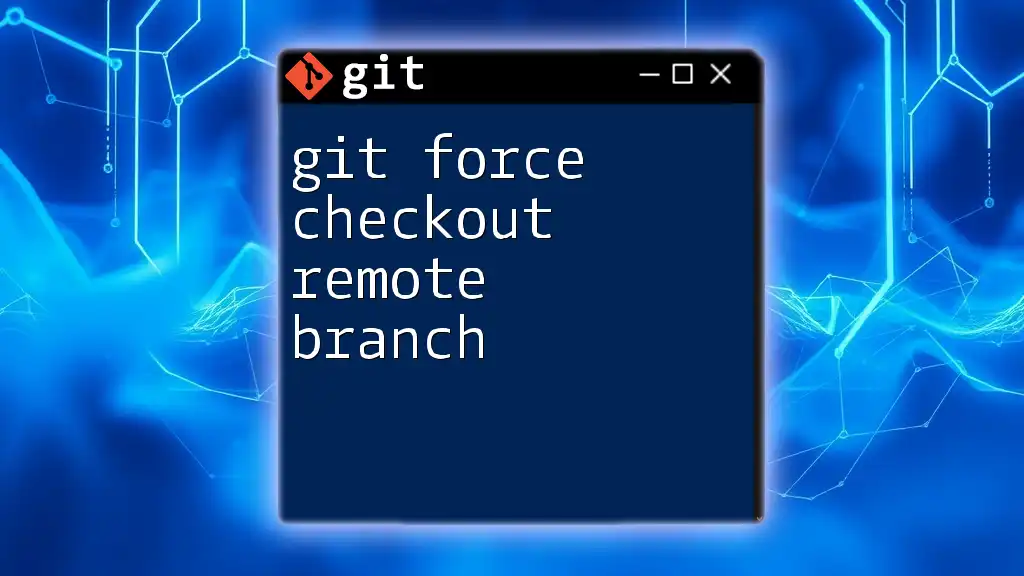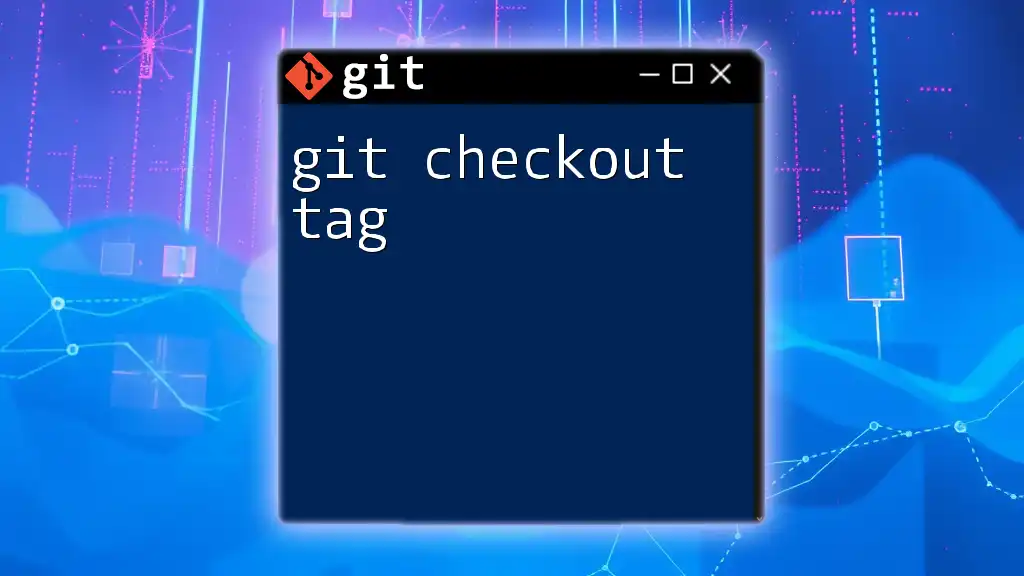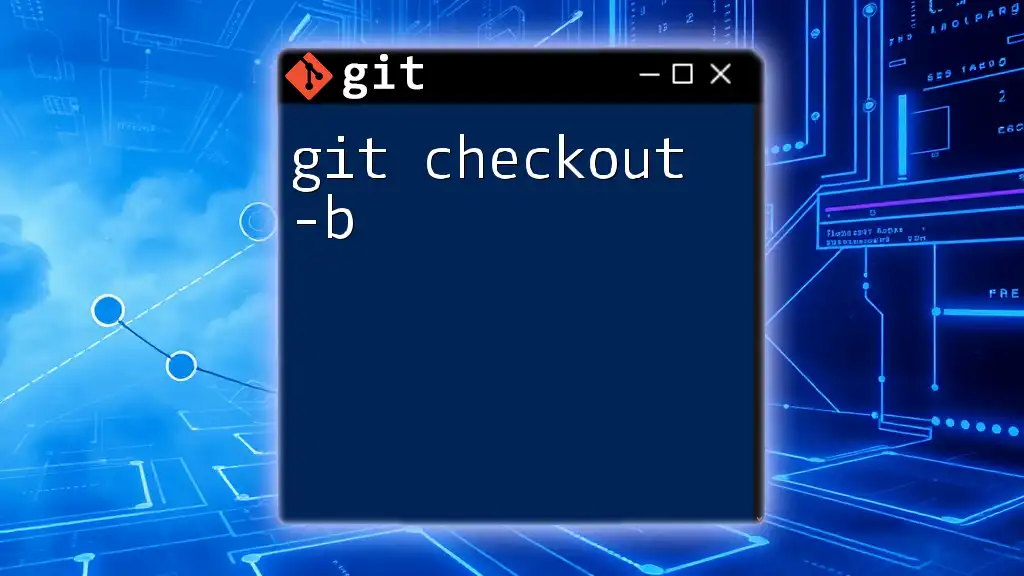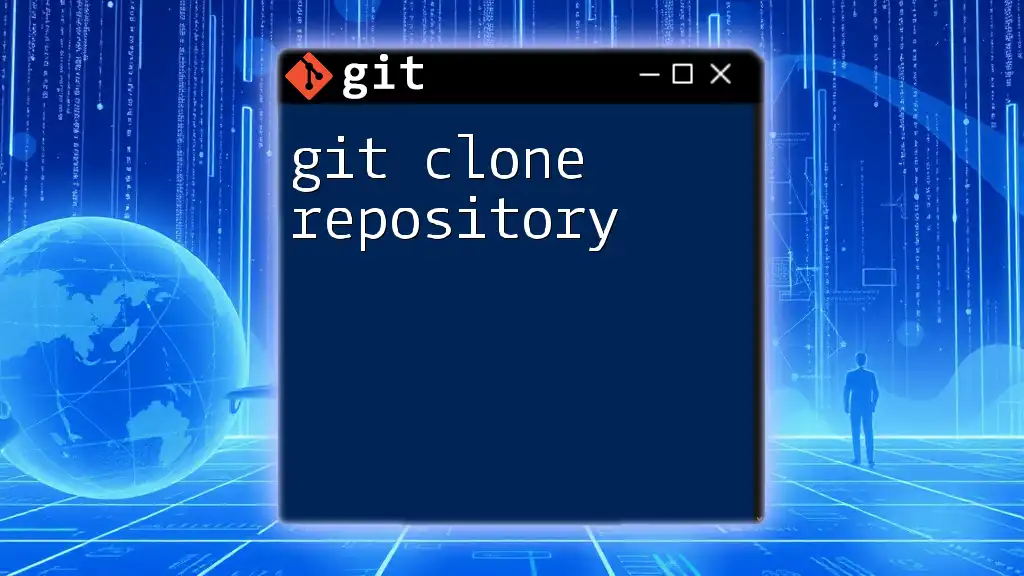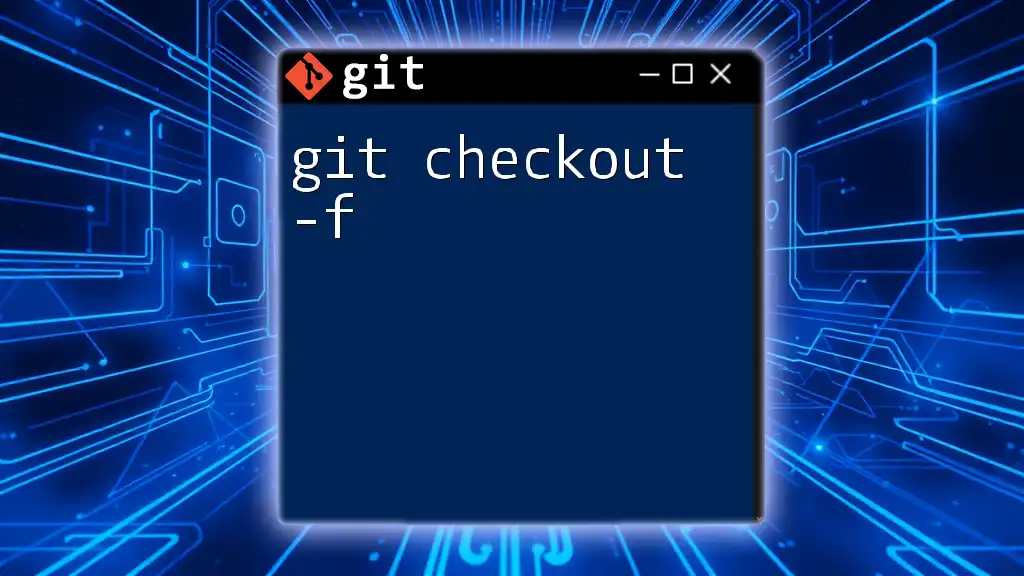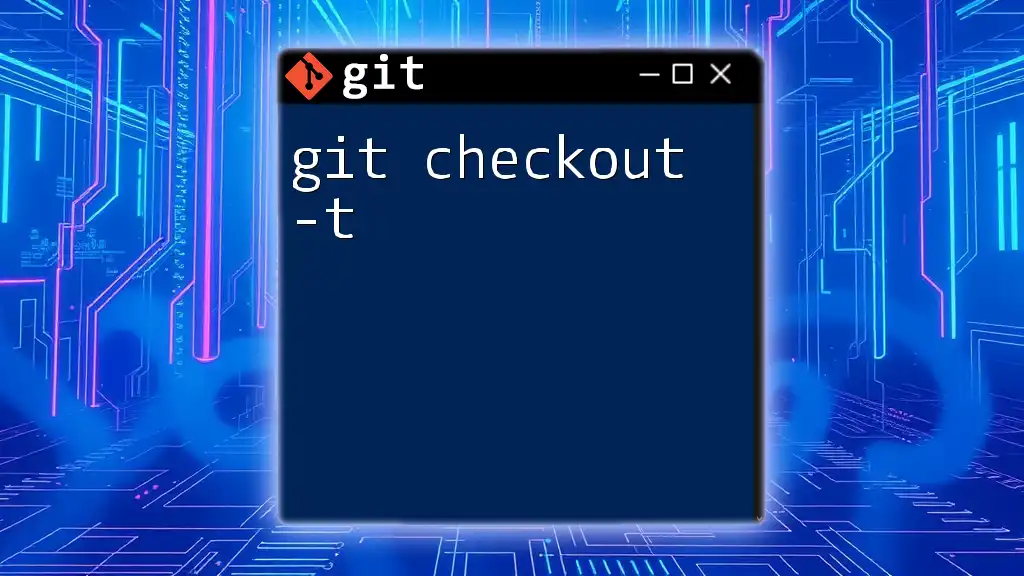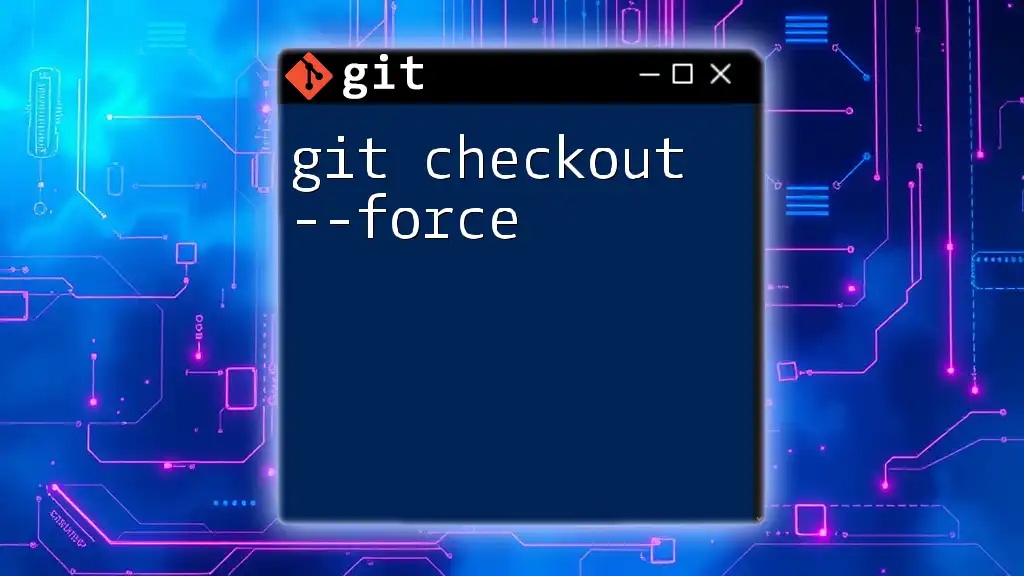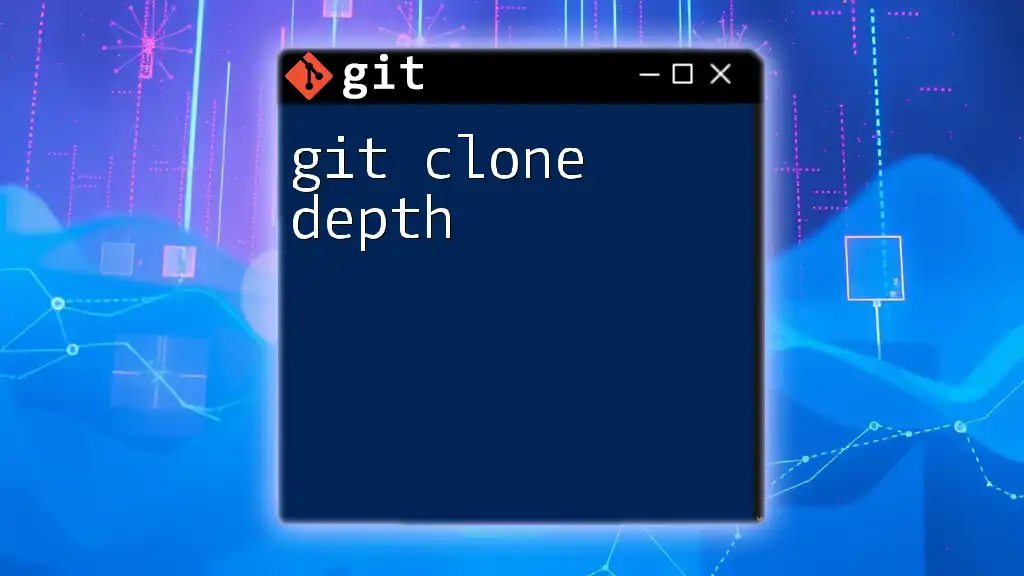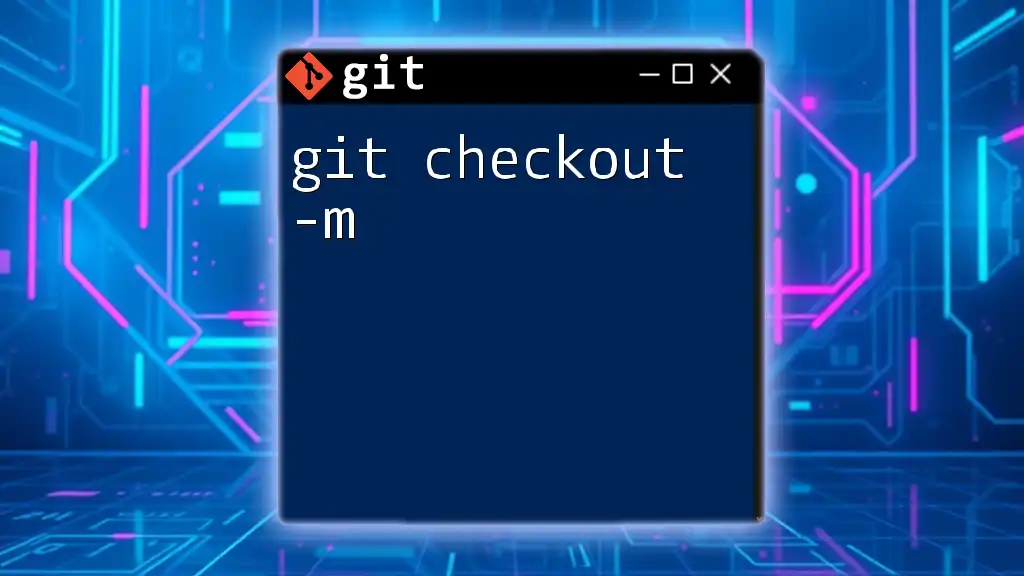The `git clone --no-checkout` command creates a local copy of a repository without checking out the files, allowing you to work with the repository's contents without immediately placing them in your working directory.
git clone --no-checkout <repository-url>
Understanding `git clone`
What is `git clone`?
The `git clone` command is a fundamental Git operation used to create a local copy of a remote repository. This command is essential for collaborative environments, enabling multiple developers to work on the same project seamlessly. By using `git clone`, you can obtain all the project files, commit history, branches, and tags from the remote repository to your local machine.
Basic Syntax of `git clone`
The basic syntax for the `git clone` command is as follows:
git clone [repository URL]
Parameters:
- repository URL: This is the web address of the Git repository you wish to clone. It can refer to a public or private repository.
Examples of Using `git clone`
To better understand how `git clone` works, here’s a complete example of cloning a public repository:
git clone https://github.com/user/repo.git
Upon running this command, a new directory named `repo` is created in your current working directory. Inside that directory, you will find all the contents of the repository which includes all files, commit history, and branches.
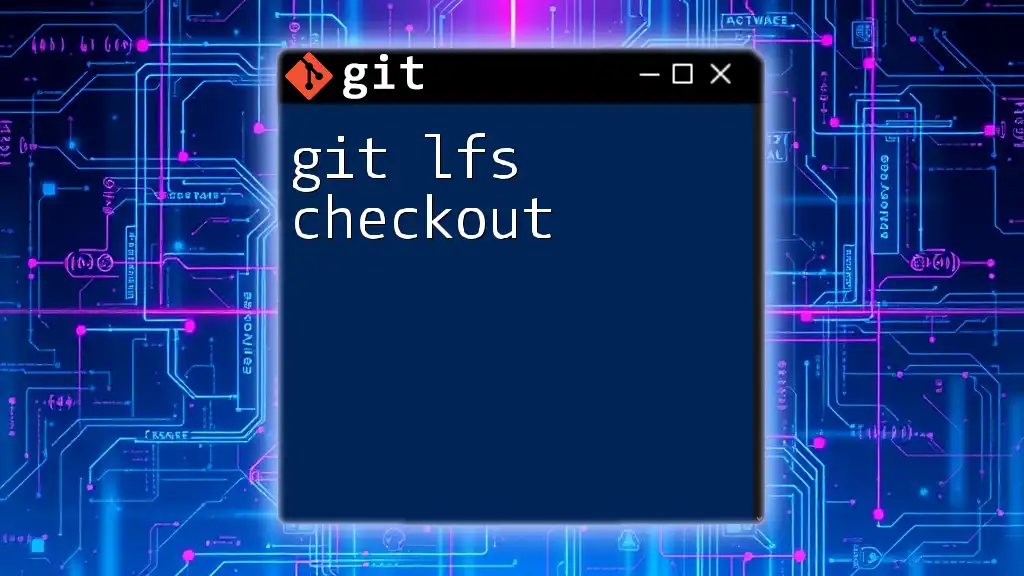
The Concept of No Checkout
What Does "No Checkout" Mean?
In Git, checkout refers to the process of updating the files in your working directory to match a specific version or branch. By default, when you clone a repository, Git automatically performs a checkout of the latest commit on the default branch after the cloning process.
However, cloning without checkout means that after the clone operation, the files are not automatically updated to the latest commit. Instead, the content of the working directory is left in a detached state.
Why Would You Want to Clone Without Checkout?
There are several scenarios where using “no checkout” during a clone can be beneficial:
- Working with Large Repositories: If the repository is particularly large, skipping the checkout process can save valuable time and system resources.
- Specific Branches: If you plan to work on a specific branch that is not the default one, cloning without checkout allows you to fetch the repository without immediately pulling the content of that branch.
These advantages help streamline workflows, especially in development environments where multiple branches or versions are utilized.
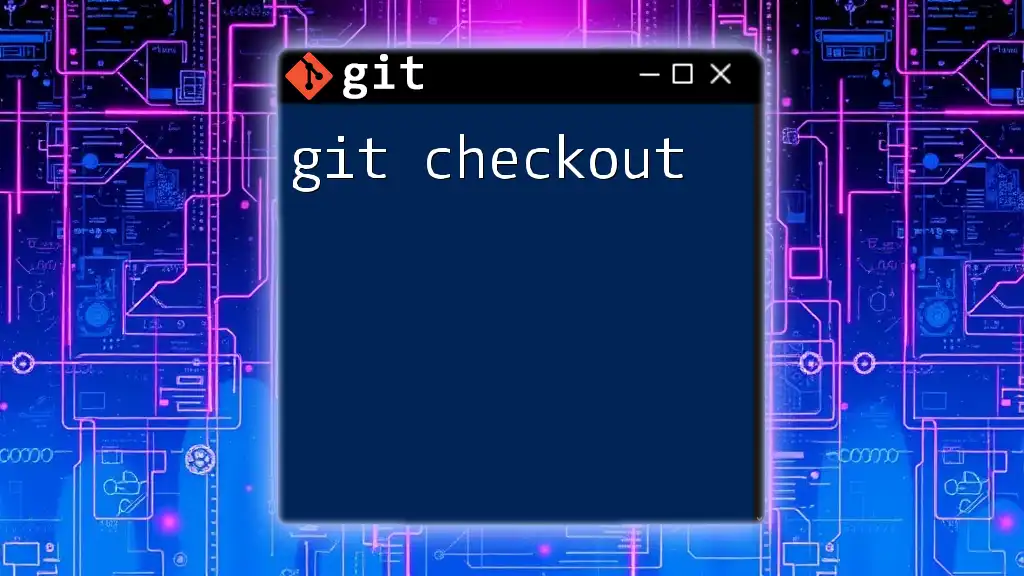
Using `git clone` with `--no-checkout`
The Command Syntax
To execute a clone without checking out the latest commit, you would utilize the `--no-checkout` flag as follows:
git clone --no-checkout [repository URL]
Example of Cloning with No Checkout
Consider the following step-by-step example:
git clone --no-checkout https://github.com/user/repo.git
cd repo
By using the `--no-checkout` option, you will have a local clone of the repository, but no files will be present in your working directory yet. This leaves your local repository in a state where you can check out specific branches or commits only when needed.
Checking Out After Cloning
After cloning with the `--no-checkout` option, you might want to check out a branch or specific commit. You can do so easily with the following command:
git checkout [branch-name]
By using this approach, you retain flexibility in managing which parts of the repository you want to work on, enabling a more efficient workflow, especially in larger projects where downloading unnecessary files can slow things down.

Practical Scenarios for Using `git clone --no-checkout`
Working with Large Repositories
In environments where repositories contain extensive files or a long history, the performance benefits of cloning without checkout are substantial. For instance, if a repository contains heavy assets or numerous binary files, skipping the checkout significantly reduces the time to clone since you're not immediately pulling in all these files into your working directory.
Partial Cloning for Feature Development
Utilizing `--no-checkout` allows developers to focus on relevant parts of a project. For example:
git clone --no-checkout -b feature-branch https://github.com/user/repo.git
This command lets you clone a specific branch without checking out its content, providing you control to work on selective aspects of the codebase without being overwhelmed by unrelated changes.
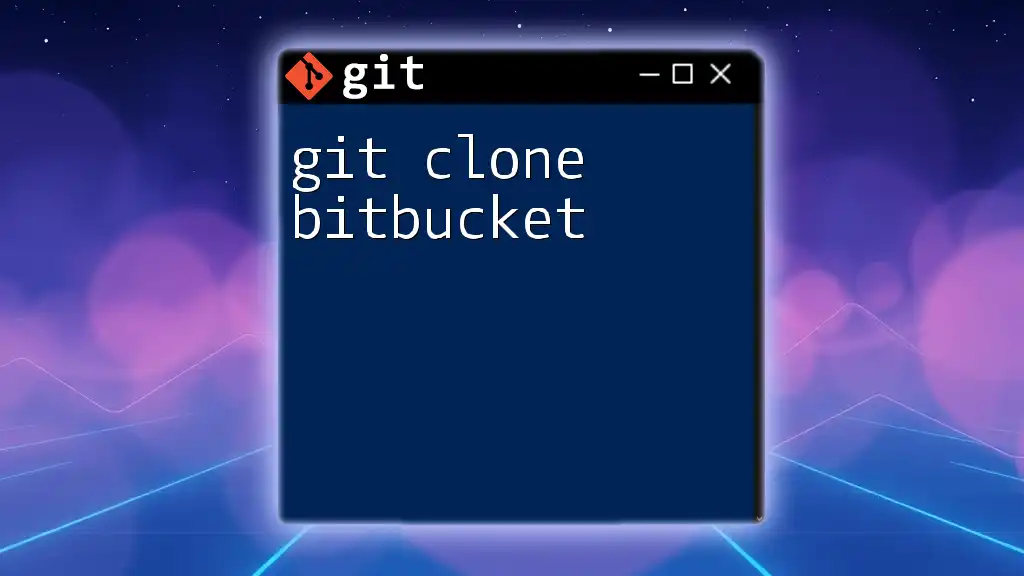
Best Practices and Tips
-
When to Use `--no-checkout`: Opt for this option when working with larger repositories, when planning on checking out specific branches later, or during a quick investigation of branches without taking up space immediately.
-
Managing Your Workspace Effectively: Post-cloning, it's crucial to know how to navigate and manage your local repository properly. Always remember to retrieve updates with `git fetch` if working with remote branches.
-
Consider Team Collaboration: If you're working in a team, make sure your approach aligns with your teammates. Cloning without checking out should enhance, not hinder, your collaborative efforts.
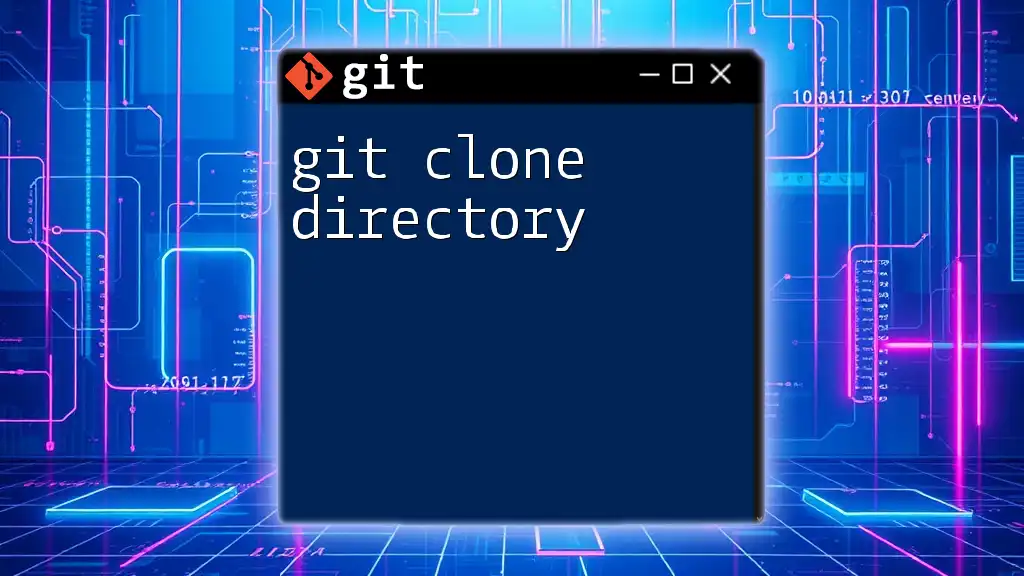
Troubleshooting Common Issues
Can’t Find Files After Cloning
If you clone with `--no-checkout` and find that the working directory is empty, don’t worry! Simply check out the branch you need as follows:
git checkout [branch-name]
Handling Upstream Changes
To ensure your cloned repository is up-to-date without immediately checking out files, you can use the `git fetch` command. This command retrieves any updates from the remote repository, allowing you to keep your local clone in sync without altering your working directory.
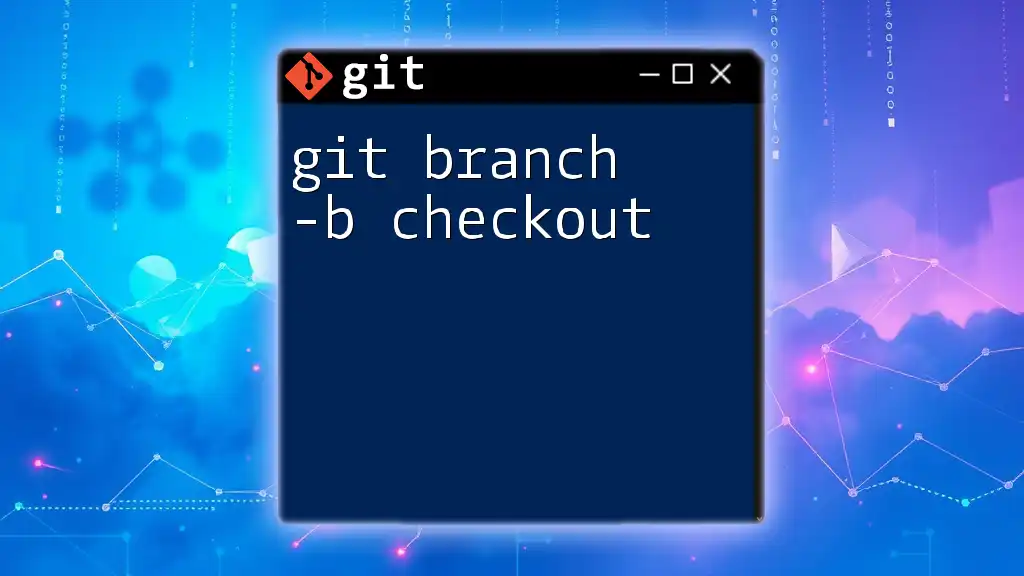
Conclusion
The command `git clone --no-checkout` is a valuable tool that offers flexibility and efficiency when working with Git repositories. By understanding when and how to use this command, developers can significantly enhance their workflows and optimize their interactions with large codebases. Consider experimenting with the `--no-checkout` option in your next cloning session to experience the advantages firsthand.
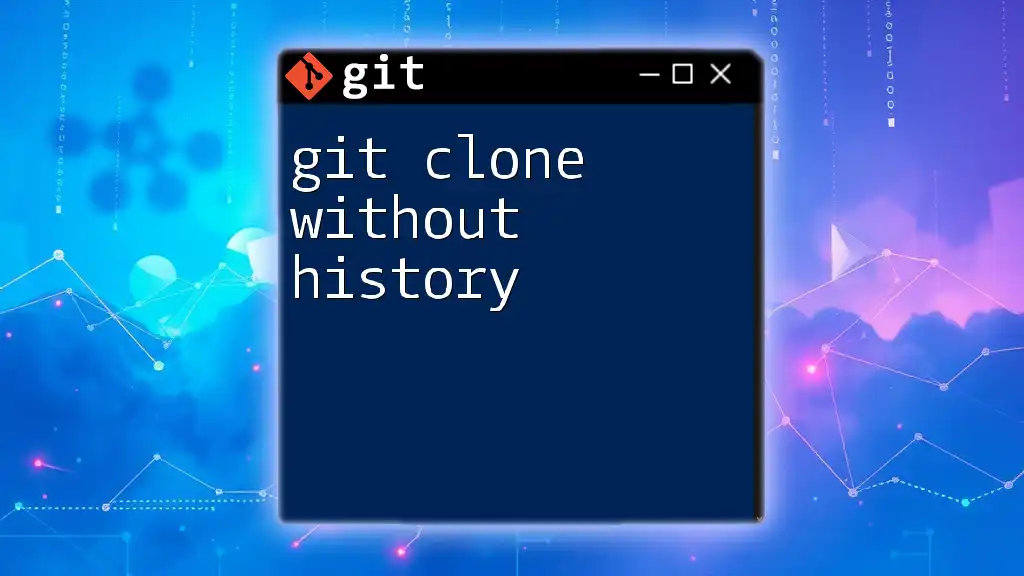
Call to Action
We encourage you to try out the `git clone --no-checkout` command and share your experiences. For continual improvement of your Git skills, be sure to explore additional tutorials available on our platform!

